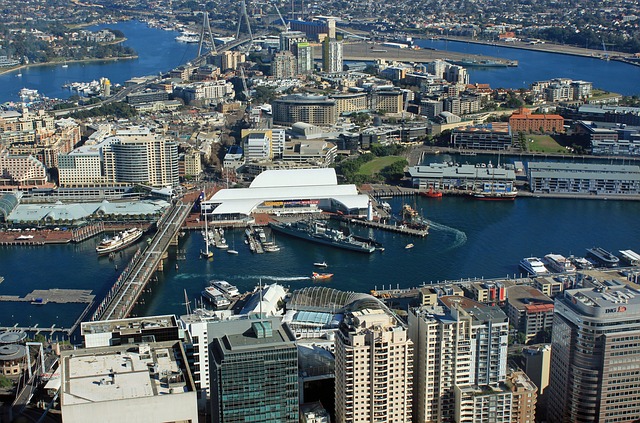Opinions on the state of Australia’s economy remain divided. Official figures indicated that the country’s gross domestic product (GDP) increased by 0.5% in the second quarter of the year (to June 2019), giving an overall growth rate of 1.4% for the year. As GDP is seen as the chief indicator of economic health, these figures have been seized upon and interpreted in different ways.
Slow growth
Naturally, Prime Minister Morrison has put a positive spin on the news, pointing out that while this is a slow rate of growth, it is still growth. At a time when the global economy overall is showing signs of uncertainty at best, the fact that Australia’s economy continues to grow at all is a sign of the nation’s resilience and financial health. In comparison, Singapore, Sweden, Germany and the UK have all seen their economies contract over the same period, with GDPs showing negative growth.
Dissenting voices
With a balanced budget and a surplus in trade and the government’s current account, plus inflation holding steady at 1.6%, on paper the Australian economy looks pretty robust, even taking into account unemployment levels of 5.3%. There are, however, many dissenting voices, both from financial experts and from ordinary Aussies, who are seeing rising living costs but stagnant wages. In real terms, the standard of living has dropped for many, with household debt now at record levels.
Former treasurer Peter Costello recently claimed that in fact emergency-level interest rates were propping up a failing economy. Both cash rates and long-term bond rates are currently at an unprecedented 1%. According to Costello, such low interest rates are usually indicative of an economy in recession. An economy as healthy as Australia’s appears to be would normally have interest rates in the region of 5-6%.
Abnormal times
Costello insists that we are living in abnormal times, and many would agree that predicting the economy’s future direction with any accuracy is extremely difficult right now. When it’s possible to obtain ten-year money for 1% or less, for the first time in Australian history, it would seem that pure expectations theory is currently redundant, at least where Australia’s market is concerned.
It’s the market that is most resistant to any suggestion that interest rates could be brought back to normal levels. Rumours of a rise in rates have led to plummeting prices, and indeed the RBA is said to be planning further cuts. Both Costello and current treasurer Josh Frydenberg agree that further cuts will be of little help. At ground level, people are focussed on paying off their debts and just getting by; they’re in no position to borrow more money, no matter how low interest rates may get.
One way a lower cash rate can help is by giving Australia a lower exchange rate. But many stock brokers have lost faith in the RBA due to its repeated failure to hit its 2-3% inflation growth target. The Australian bond market is suffering as a result.
Is there a recession?
While we’re told that Australia has enjoyed 28 years of uninterrupted growth since 1991, an American economist recently suggested that if population growth is taken into account, Australia has actually suffered no less than three recessions in that period.
Writing on the blog of the Federal Reserve Bank of St Louis, Paulina Restrepo-Echavarria argued that the Australian population has seen higher growth than other economies for the past 40 years. This has obviously led to higher productivity. But if figures are adjusted to take increased population into account, i.e. to show per capita GDP, then the country has thrice suffered two or more quarters of negative growth (the accepted definition of recession) since 1991. The most recent lasted from the second quarter of 2018 to the first quarter of 2019.
What can be done?
Taking population increase into account, the Australian economy is in reverse. Moreover, the RBA has admitted that it doesn’t know why this is happening. Certainly, the drought over the past two years has massively impacted livelihoods and food prices, particularly in rural areas. International difficulties, such as the US-China trade war, must also be taken into account. But these facts alone do not explain the slow growth (at best) of the economy, nor the 0.3% rise in unemployment since the start of 2019.
Perhaps radical measures are needed to stop things getting worse. Some years ago, Steve Keen, Professor of Economics at the University of Western Sydney, proposed Quantitative Easing for the People (QEP). This essentially involves the treasury creating more money and giving it directly to Australians in order to increase the money supply, thus stimulating spending and encouraging investment and lending. In these desperate times, an increasing number of experts are getting behind this simple but daring idea. It’s certainly something to think about.

